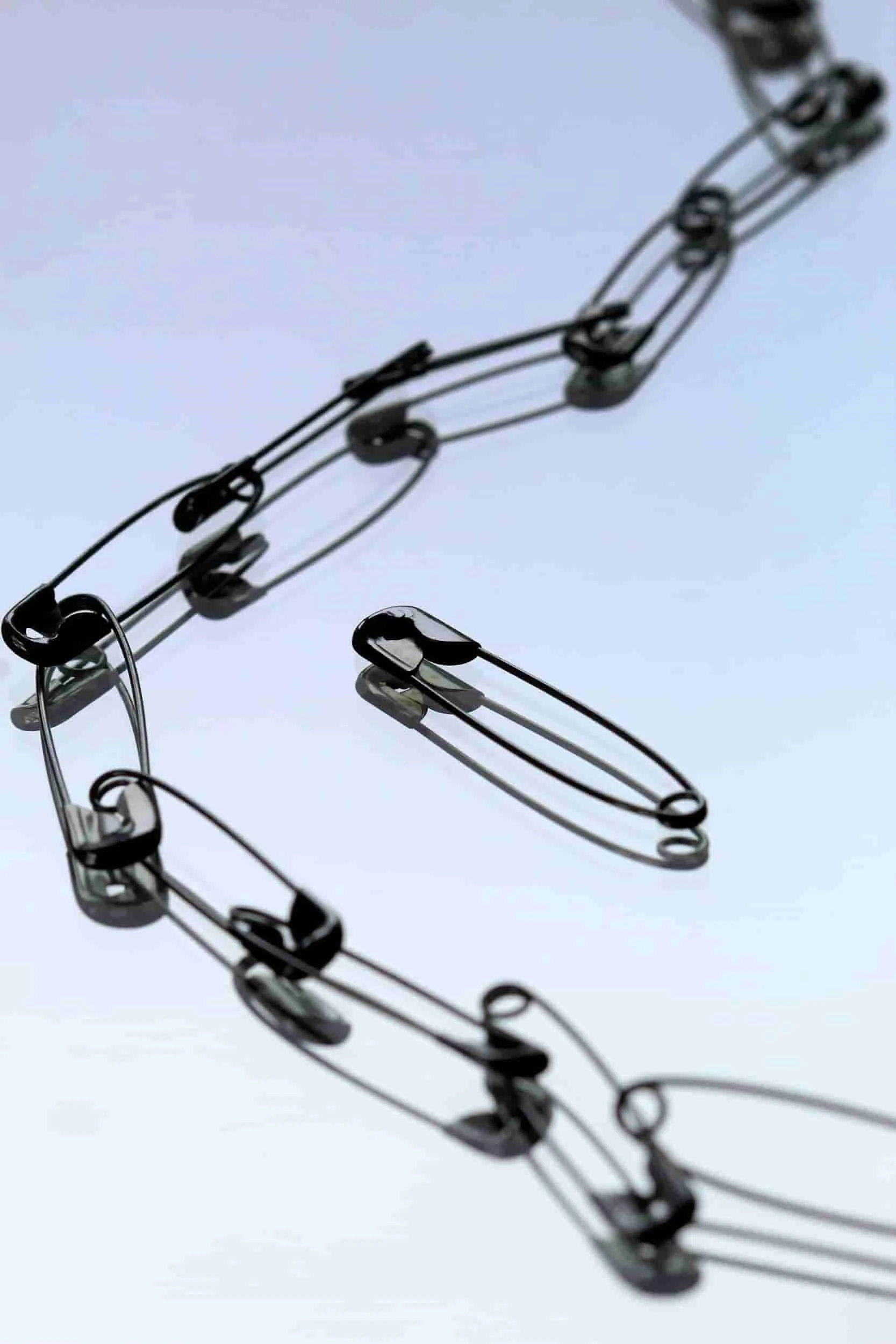The Three Attachment Styles and The Injuries Associated With Them
Attachment injuries from childhood abuse and neglect can wreak havoc on relationships and marriages as an adult. Here are the attachment styles and what they entail.
Secure Attachment
The first is secure attachment. This attachment style shows the person having a positive outlook on themselves and others, low anxiety, and is not likely to avoid conflict. They are empathetic, can set healthy boundaries, find satisfaction in close relationships, feel safe and secure within themselves, show confidence in all areas of life, and are comfortable with intimacy. In children, this is evident in their comfort with their caregiver, feeling protected, and knowing who they can rely on. Adults show this by having satisfaction in relationships, being stable, feeling safe, and thriving in meaningful relationships. In secure parents, they can meet their child’s needs and become a safe home base for the child by being consistently responsive, warm, and emotionally available.
Avoidant Attachment
The next attachment style is the avoidant attachment. An avoidant attachment style is when they person has a positive view of themselves, but a negative view of others, low anxiety, but high avoidance of conflict. They avoid emotional connection, do not rely on others for anything, are extremely independent, and are uncomfortable with their feelings. When a child shows signs of avoidant attachment, they avoid their caregiver by not seeking comfort from them when they need it, even in times of distress. Adults show this by being hyper independent, uncomfortable with intimacy, and complain about feeling overwhelmed or crowded when people try to get close to them. Parents with this attachment style are emotionally unavailable and unresponsive most of the time and tend to ignore the needs of their child when they are sick or hurt.
Anxious Attachment
The third attachment type is an anxious attachment style. This person has a negative belief about themselves and others, has high anxiety, and low avoidance of conflict. They are overly needy, have low self-esteem, are anxious, crave emotional intimacy, and worry about how their relationship is going. Anxious attachment in children looks like clinginess with their caregiver, but they remain distressed. The child is often confused and does what they can to find love and connection. This can look like acting out to get attention. An adult will show this by being nervous and stressed about their relationship or marriage and needing constant reassurance and affection from their partner or spouse. They often end up in unhealthy and abusive relationships for fear of being alone. Parents are inconsistent in their parenting by being supportive one day and dismissive the next. They can be neglectful, abusive, and emotionally unavailable.
Disorganized Attachment
The last one is a disorganized attachment style. This person has a negative view of themselves and others, is highly anxious, and highly avoidant. In relationships, they can be confused in intimate relationships and can have extreme swings between love and hate for their partner. They are insensitive towards their partners’ needs, selfish, controlling, and untrusting. Children with a disorganized attachment style will show inconsistencies in their connections with their caregiver and are often scared of them. The child relies on them for essential needs, yet simultaneously experiences apprehension towards them. As adults, they are afraid of intimacy, commitment and are very distrustful. They tend to lash out emotionally at those who try to get close and will spend much of their time alone, miserable, and in abusive or dysfunctional relationships. A parent with disorganized attachment tends to consistently fail to appropriately respond to their child’s distress and is inconsistent in responding to their feelings of fear or distress. They do not respond to their child’s physical or emotional needs with consistency or at all.
Reading through the attachment styles because of childhood upbringing can be overwhelming and feel hopeless. If you have one of these or a combination of these, hope is not lost, and you can work on finding security to form secure attachments in your relationship or marriage. If you are ready for the work, contact us so we can help you find more peace. Reach out for a consultation for marriage counseling in Colorado Springs today by clicking on one of the links below.


